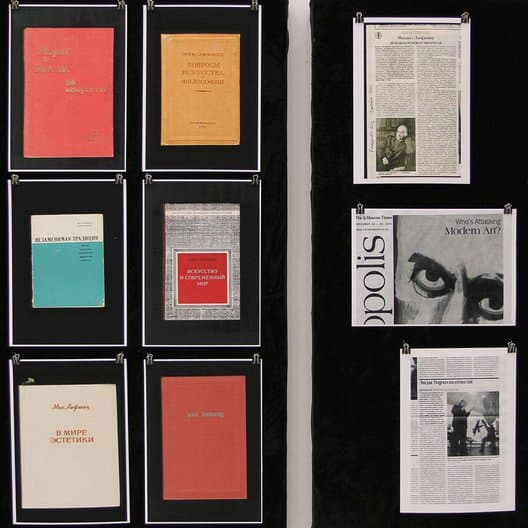In this talk, art historian Viktor Arslanov starts with the following question: Why did Mikhail Lifshitz persist in his decadence in the time of orthodox Marxism, only to become dogmatic in a more liberal era?
Arslanov’s argument is that Mikhail Lifshitz’s and György Lukács’ theory picked up where Walter Benjamin’s had left off.
Viktor Arslanov believes that Lifshitz had a better and deeper understanding of the avant-garde than modernists themselves: he saw it as “a complex spiritual meta-structure.” “Although I have no desire to impose my beliefs or tastes on anyone,” Lifshitz wrote, “I must admit that so-called avant-garde art sometimes seems to me to have been pure charlatanry; at other times, it looks like a malicious trend, or a social disease that spread among the most talented and honest people. But most often it appears to have been an ‘overdone caricature of stupidity,’ as Leo Tolstoy has put it. I do not, however, mean to question the significance of the reasons that have given rise to such ill, ridiculous distortions in the consciousness of the modern man.”
How does artistic convention turn into the absolute truth of the viewer’s sensory experience? Viktor Arslanov will discuss the concept of “complementarity” in the works of Lifshitz and Derrida, “the secret plot of two churches,” Lifshitz’s theory of “the crevice,” which served as the basis for the Restaurtio Magna program, and Valery Podoroga’s idea of Lifshitz as “the ghost of modernity.”

